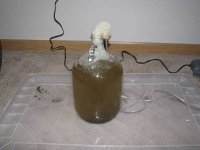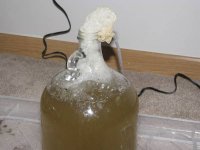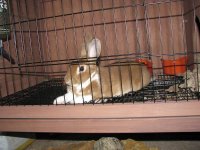Im working on a worm bin but until its up and running we have a pet rabbit and Ive been collecting its pellets. Ive been using it to ammend the soil Im going to use in the upcoming grow, but in the meantime Im wondering if I can put some in a gallon of areated water and make some tea.
Ive read most of the compost tea threads as well as many others but most dont talk specifically about making tea from rabbit manure. Would areated rabbit tea contain the same benefits as compost tea?
Any suggestions? Also, Ild like to use it on some seedlings I have going so Im wondering as to what amounts to use on mature plants vs seedlings.
Thanks in advance for any suggestions!
Ive read most of the compost tea threads as well as many others but most dont talk specifically about making tea from rabbit manure. Would areated rabbit tea contain the same benefits as compost tea?
Any suggestions? Also, Ild like to use it on some seedlings I have going so Im wondering as to what amounts to use on mature plants vs seedlings.
Thanks in advance for any suggestions!







